Chili heat is the burning sensation caused by capsaicin, a compound in peppers that triggers pain receptors in your mouth and skin. It's not a taste but a neurological response. This guide explains everything you need to know about chili heat, from the Scoville Scale to handling tips.
Table of Contents
- What Is Chili Heat, Anyway?
- The Scoville Scale: Measuring the Fire
- How Chili Heat Affects the Body
- Factors That Influence Chili Spice Levels
- Top 7 Hot Peppers Ranked by Heat
- Tips for Handling Chili Heat Like a Pro
- Buying Guide: Choosing the Right Chili for Your Heat Level
- Frequently Asked Questions About Chili Heat
- Conclusion: Embrace the Burn (Safely)
What Is Chili Heat, Anyway?
You've felt it—the burn on your tongue, the sweat on your brow, the uncontrollable tears. But what exactly causes this reaction? The answer lies in a compound called capsaicin.
- Capsaicin is an alkaloid found primarily in the placenta (the white ribs inside the pepper) and seeds.
- It triggers pain receptors in your mouth and skin, giving you that fiery sensation without actually causing damage.
- Interestingly, birds don't feel the burn—capsaicin evolved to deter mammals, not our feathered friends!
Is Spicy a Taste or a Feeling?
Spiciness isn't one of the five basic tastes (sweet, sour, salty, bitter, umami). It's actually a pain response. When capsaicin binds with TRPV1 receptors in your mouth, your brain thinks something hot is burning you—which explains why drinking water often doesn't help (more on that later).
The Scoville Scale: Measuring the Fire
Invented by Wilbur Scoville in 1912, the Scoville Scale measures the heat level of chilies based on their capsaicin content. Originally, it involved diluting pepper extract until tasters could no longer detect the heat—a method known as the Scoville Organoleptic Test.
| Pepper | Scoville Heat Units (SHU) |
|---|---|
| Bell Pepper | 0 SHU |
| Jalapeño | 2,500 – 8,000 SHU |
| Habanero | 100,000 – 350,000 SHU |
| Ghost Pepper (Bhut Jolokia) | ~1,000,000 SHU |
| Carolina Reaper | 1,400,000 – 2,200,000 SHU |
Modern labs now use high-performance liquid chromatography (HPLC), which provides a more accurate measurement by analyzing the amount of capsaicinoids present.
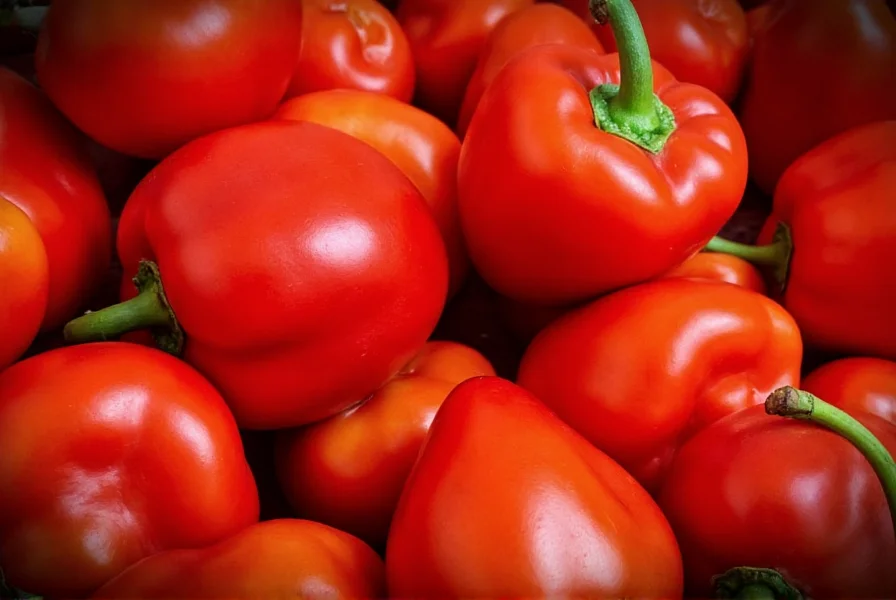
How Chili Heat Affects the Body
When you bite into a hot pepper, your body kicks into overdrive. Here's what happens:
- Endorphin Rush: Capsaicin tricks your brain into releasing endorphins—the "feel-good" chemicals that make spicy food addictive to many people.
- Sweating: Your body thinks it's overheating and tries to cool down through perspiration.
- Nasal Drip: Spices stimulate mucus production, hence the running nose when eating super-hot foods.
- Metabolism Boost: Some studies suggest capsaicin increases metabolic rate slightly, potentially aiding weight loss.
Can Too Much Chili Be Dangerous?
While rare, consuming extreme amounts of pure capsaicin (like in concentrated pepper sprays) can cause serious health issues. However, eating even the hottest peppers in normal quantities poses little risk to most healthy adults.
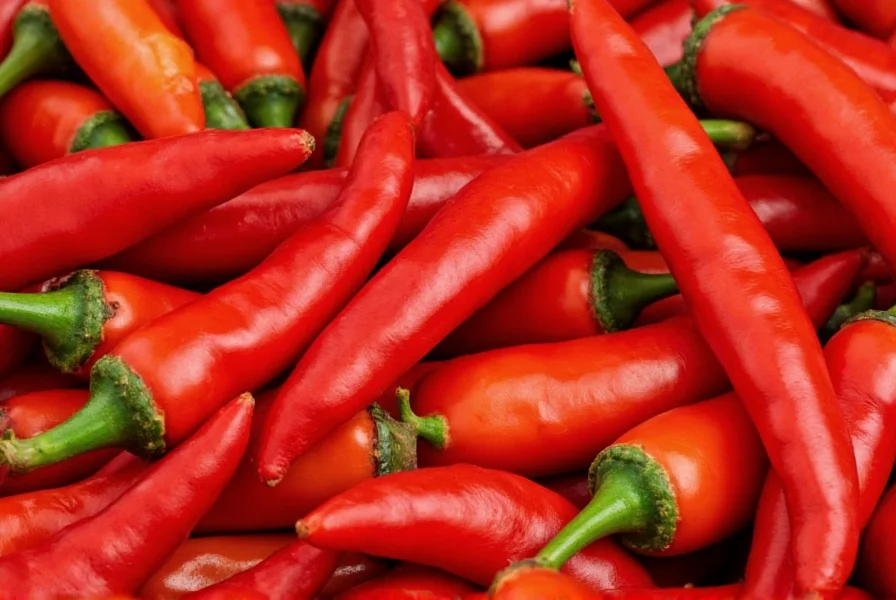
Factors That Influence Chili Spice Levels
Surprisingly, the same type of chili can vary widely in heat depending on several factors:
- Growing Conditions: Stressful environments (like drought or poor soil) increase capsaicin production.
- Ripeness: Fully ripe red chilies tend to be hotter than green ones.
- Part of the Pepper: As mentioned earlier, the placenta and seeds contain the highest concentration of capsaicin.
- Preparation: Cooking methods can either intensify or mellow out the heat.
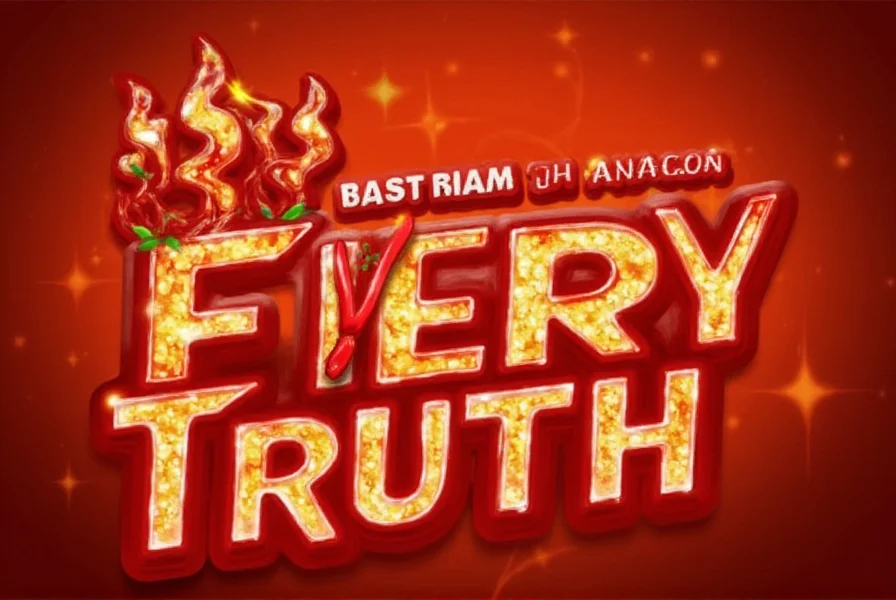
Top 7 Hot Peppers Ranked by Heat
Let's take a look at some of the world's most famous—and infamous—chilies. These are ranked from mildest to wildest:
| Pepper | Scoville Units | Best Use |
|---|---|---|
| Serrano Pepper | 10,000 – 23,000 SHU | Salsas, pickling |
| Cayenne Pepper | 30,000 – 50,000 SHU | Spice blends, sauces |
| Thai Bird's Eye | 50,000 – 100,000 SHU | Asian dishes, curries |
| Scotch Bonnet | 100,000 – 350,000 SHU | Caribbean jerk seasoning |
| Habanero | 100,000 – 350,000 SHU | Hot sauces, salsas |
| Ghost Pepper | ~1,000,000 SHU | Extreme heat challenges |
| Carolina Reaper | 1,400,000 – 2,200,000 SHU | World record holder for hottest pepper |
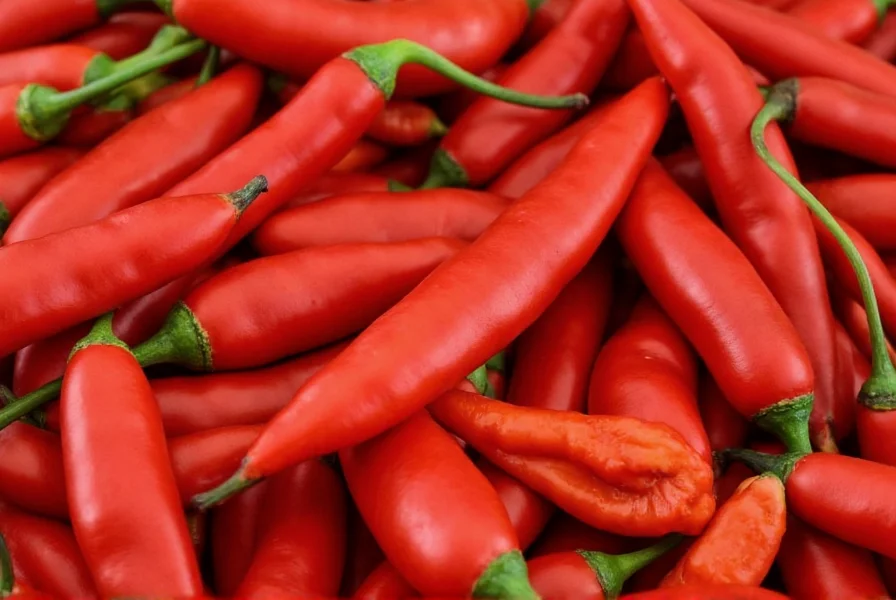
Tips for Handling Chili Heat Like a Pro
Whether you're slicing jalapeños for nachos or dabbling with ghost peppers for the first time, here are some essential tips to keep things under control:
- Wear Gloves: Capsaicin sticks to your skin and can cause irritation if it gets into your eyes or other sensitive areas.
- Use Dairy to Cool Down: Milk, yogurt, or sour cream neutralizes the burn better than water.
- Avoid Touching Your Face: Even after washing your hands, residue can linger.
- Store Chilies Properly: Fresh chilies last in the fridge for a few weeks; dried ones can be stored for months in airtight containers.
- Build Tolerance Gradually: Don't jump straight to habaneros if you're new to spice.
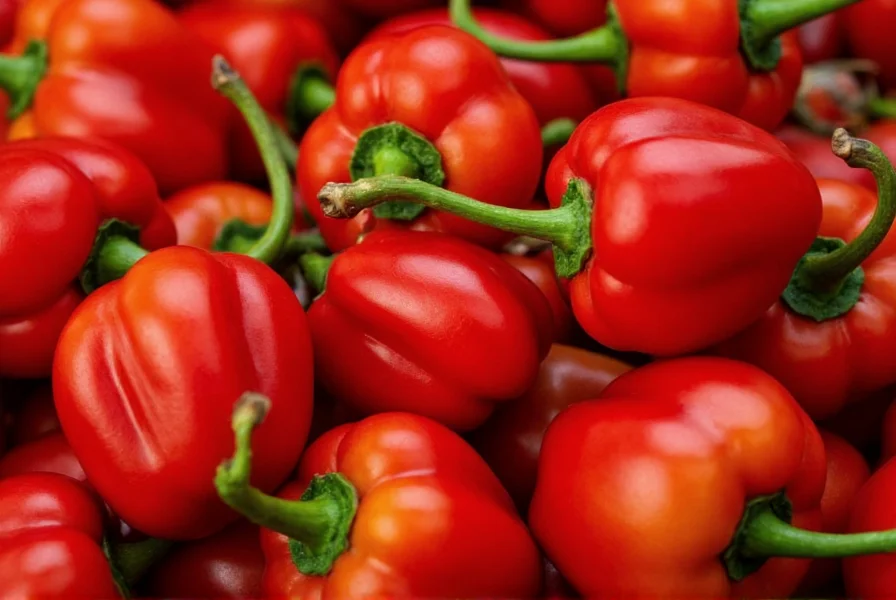
Buying Guide: Choosing the Right Chili for Your Heat Level
Shopping for chilies can be overwhelming with so many options available. Here's a breakdown of popular choices and when to use them:
For Beginners: Mild & Flavorful
- Poblano: Earthy flavor with low heat, perfect for stuffed peppers and rajas.
- Features: Dark green, thick flesh
- Use Case: Roasting, stuffing
- Occasion: Family dinners, casual cooking
- Ancho (Dried Poblano): Sweet, raisin-like flavor ideal for sauces.
- Features: Deep reddish-brown, wrinkled skin
- Use Case: Mole sauce, stews
- Occasion: Slow-cooked meals, Mexican cuisine
For Intermediate Palates: Medium Heat
- Jalapeño: Versatile and widely available with moderate heat.
- Features: Green or red, smooth skin
- Use Case: Salsas, nachos, poppers
- Occasion: Weeknight meals, social gatherings
- Serrano: Bright, crisp heat great for salsas and relishes.
- Features: Thin skin, small size
- Use Case: Raw or lightly cooked
- Occasion: Fresh dishes, tacos
For the Brave: High Heat Options
- Habanero: Fruity notes with explosive heat.
- Features: Small, lantern-shaped, usually orange or red
- Use Case: Caribbean dishes, hot sauces
- Occasion: Exotic meals, adventurous eaters
- Scotch Bonnet: Similar to habanero but with a distinct aroma.
- Features: Bumpy surface, bright colors
- Use Case: Jerk seasoning, island-style cooking
- Occasion: Cultural festivals, themed dinners
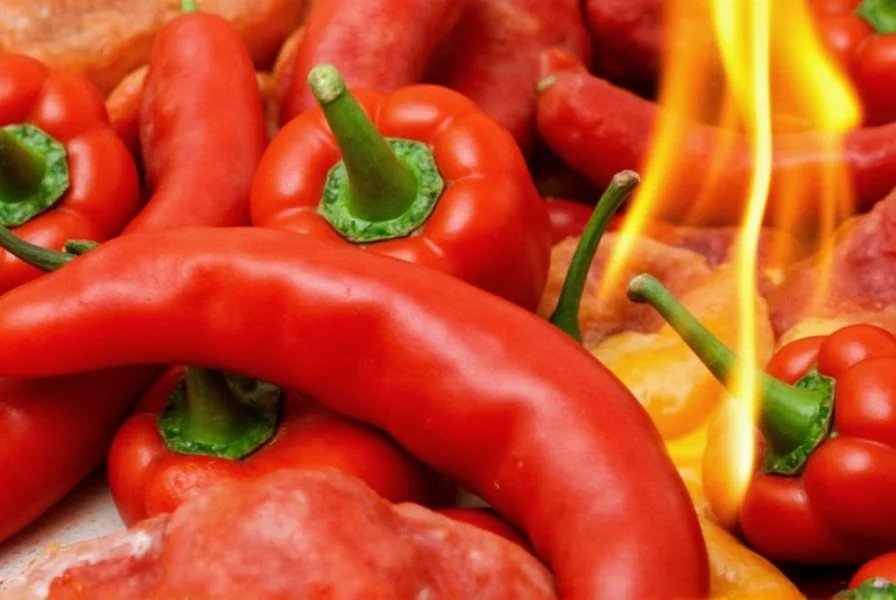
Frequently Asked Questions About Chili Heat
Why do some people build up a tolerance to spicy food over time?
Regular exposure to capsaicin can temporarily desensitize TRPV1 receptors in your mouth and digestive system. This is why frequent spicy food eaters often need progressively hotter foods to get the same sensation. The effect is temporary though - take a break from spicy foods for a few weeks and your sensitivity will return.
Does drinking milk really help cool down spicy food? What's the science behind it?
Yes, dairy products like milk are effective because capsaicin is fat-soluble. The casein protein in milk binds to capsaicin molecules, helping to wash them away from pain receptors. Whole milk works better than skim because the fat content helps dissolve the capsaicin. Non-dairy alternatives like coconut milk can also help for the same reason.
Can eating spicy food damage my stomach or cause ulcers?
Contrary to popular belief, moderate consumption of spicy food doesn't cause ulcers. In fact, some studies suggest capsaicin may have protective effects on the stomach lining. However, if you already have conditions like gastritis or ulcers, spicy foods can exacerbate symptoms. People with sensitive digestive systems may experience temporary discomfort but not actual damage.
Why do some chilies of the same type vary so much in heat?
Even within the same variety, chili heat can vary dramatically due to growing conditions. Factors like soil quality, water stress, temperature fluctuations, and sunlight exposure all affect capsaicin production. Two jalapeños from the same plant can have noticeably different heat levels. This is why professional hot sauce makers often blend peppers to maintain consistent heat levels.
Does cooking affect how hot a chili pepper is?
Cooking can both increase and decrease perceived heat depending on the method. Raw chilies often deliver an immediate, sharp heat, while cooking can mellow the initial punch but make the heat more pervasive throughout a dish. Frying or roasting can concentrate flavors and sometimes increase perceived heat, while boiling may leach some capsaicin into the cooking liquid. Interestingly, capsaicin is quite stable and doesn't break down significantly until extremely high temperatures.
Is there a genetic component to spice tolerance?
Yes, research shows genetic variations in the TRPV1 receptor can affect how people perceive chili heat. Some populations have developed greater tolerance through generations of spicy food consumption. Additionally, cultural exposure from a young age plays a significant role - people who grow up eating spicy foods typically develop higher tolerance levels than those who start later in life.
Conclusion: Embrace the Burn (Safely)
From scientific explanations to practical cooking tips, understanding chili heat allows you to explore flavors like never before. Whether you're a mild lover or a fire-seeking daredevil, there's a chili out there for every palate. So next time you reach for that jalapeño or dare to dabble in reaper territory, remember—you're not just adding spice, you're igniting joy, boosting metabolism, and connecting with centuries of culinary tradition.
Stay curious, stay safe, and above all… embrace the burn.










 浙公网安备
33010002000092号
浙公网安备
33010002000092号 浙B2-20120091-4
浙B2-20120091-4